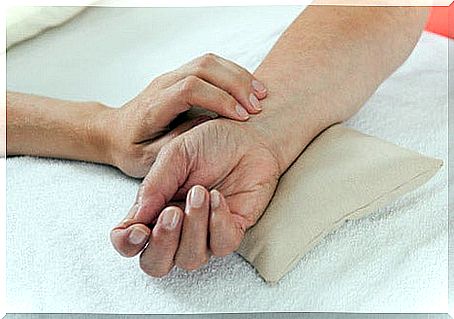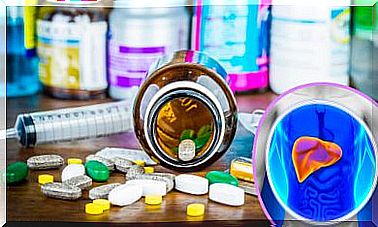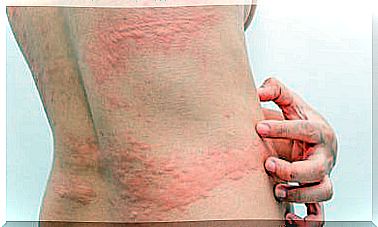10 Symptoms Of Heart Disease That We Ignore
Although the symptoms may be due to another type of minor ailment, they should be brought to the attention of the doctor so as not to run any risk
Heart disease is the leading cause of death worldwide, more than any type of cancer or any chronic disease.
Citing a report by the World Health Organization (WHO), 17.5 million people died in the world in 2012 as a result of cardiovascular diseases and it is estimated that, by 2030, the figure will rise to 23 million people a year .
Why does heart disease cause so many deaths?

It is true that many of the heart problems are the product of a poor diet, a sedentary lifestyle, environmental pollution or smoking, among others.
One of the reasons why this health problem leaves so many deaths in the world is because people are unaware of the warning signs or symptoms and take a long time to seek professional help.
Most symptoms of heart problems are not severe and can be mistaken for signs of other diseases. Knowing the symptoms of heart disease can be decisive in saving life.
Here are 10 heart disease red flags that you shouldn’t ignore.
Dizziness and shortness of breath
Dizziness and shortness of breath are signs that can indicate a heart attack. This is stated in this study carried out by the National Institutes of Health (United States). These types of symptoms can in turn lead to loss of consciousness and indicate abnormalities in the heart, such as arrhythmias.
Fatigue

It particularly affects women and can occur during a heart attack, or in the hours, days, or weeks before it. As the Mayo Clinic reports, frequently feeling tired can be a sign of some type of heart failure.
Of course, this symptom can also be a sign of another disease or health disorder. For this, it is best to consult the doctor in order to receive a proper diagnosis.
Nausea or lack of appetite
Many people experience nausea and vomiting in the moments before having a heart attack, according to this information obtained from the National Heart, Lung and Blood Institute (United States). Also, a symptom like abdominal bloating associated with heart failure can interfere with appetite.
Chest pain
Chest pain is a classic symptom of heart attacks, but it is not due to it in all cases. Dean Jean C. McSweeney, a research associate at the University of Arkansas for the School of Nursing Medical Sciences in Little Rock, said this is the first symptom everyone looks for.
Pain in different parts of the body
Chest pain is the most common when you are having a heart attack. However, this pain can spread to the shoulders, arms, elbows, back, neck, jaw, or abdomen. In fact, in some cases the chest pain does not manifest itself, but it does in the other areas mentioned.
Irregular pulse

An occasional alteration in the pulse can be considered as something normal. However, when such irregularity is accompanied by symptoms such as weakness, dizziness or shortness of breath, it can be a sign of a heart attack, heart failure or an arrhythmia. This is suggested by this study from the University of Arkansas (United States), which indicates that one of the main studies carried out in the face of a possible abnormality is that of the pulse.
Shortness of breath
Losing your breath without straining, or at rest, can be a sign of a lung disease such as asthma or chronic obstructive pulmonary disease (COPD). It could also indicate a heart attack or heart failure.
During an attack on the heart, l to difficulty breathing or shortness of breath it may be accompanied by chest discomfort, although not in all cases .
Sweating
Breaking a cold sweat, especially when in a resting position, is a sign of a heart attack, according to this information obtained by the United States National Library of Medicine. This symptom occurs prior to the episode.
Inflammation
Suffering from heart failure can cause the accumulation of fluids in the body. The swelling is evident in the feet, ankles, legs or abdomen, as stated in this study carried out by the University of Michigan (United States).
Pale or ill-looking
Many people look pale or gray before having a heart attack. Because blood pressure can drop so much, the person can appear visibly ill.









